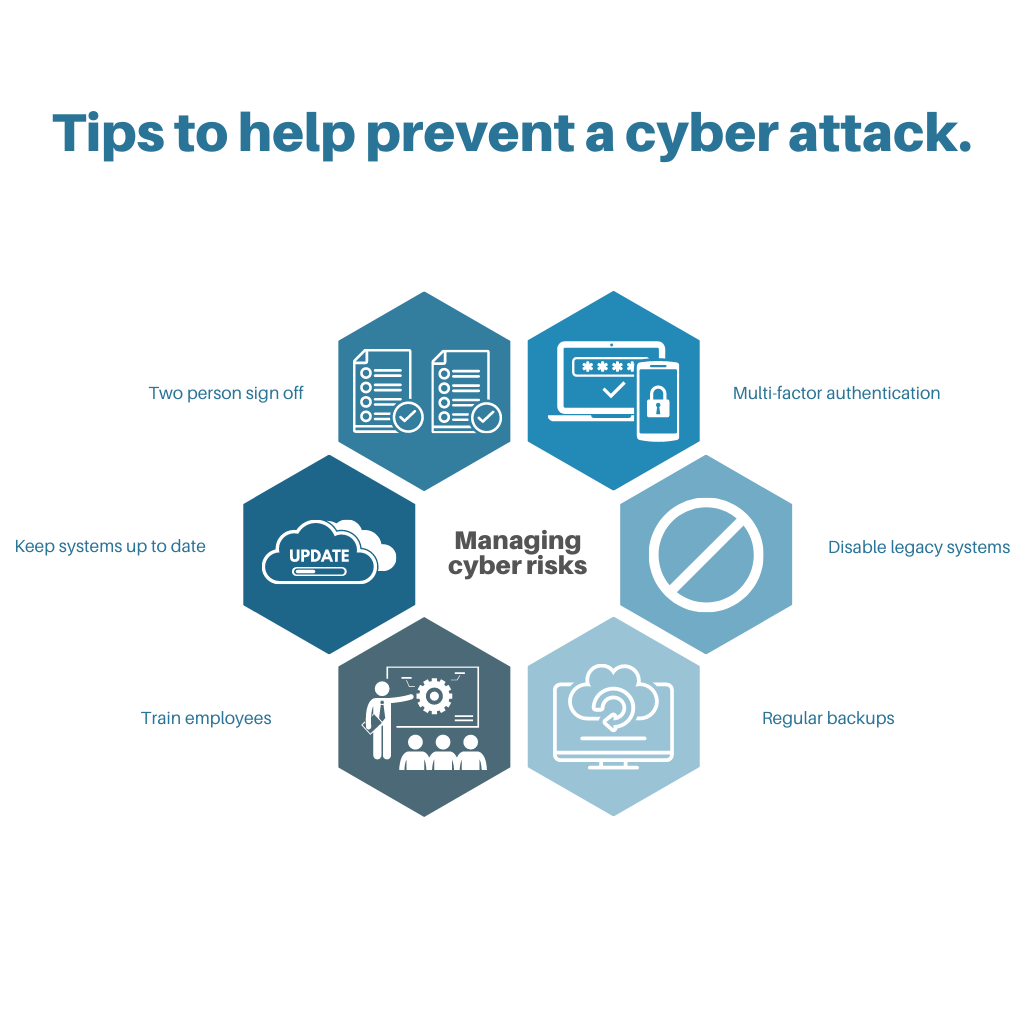Did you know that anxiety symptoms improve with exercise?
With life having changed dramatically, particularly in NSW now, it is important now more than ever to keep active. Exercise plays a key role in managing the symptoms of anxiety.
Through exercise and movement, you are helping to combat anxiety by stimulating the feel-good hormones: dopamine, endorphins, and positive mood states.
Below are some tips to help you get started:
- Small is better than not at all – adding modest amounts of physical activity to your weekly routine can make a big difference in reducing stress, improving memory, and boosting your overall mood.
- Add variety to how you exercise – change your exercise routine to help keep it enjoyable. This also helps to prevent overuse injuries and benefits different body systems.
- Move mindfully – the natural regular rhythm associated with exercising helps create a calmer and more positive mood state. Mindfulness practices through exercise can help us increase our ability to regulate our emotions, decrease stress, anxiety, and depression.
- Exercise to connect – this one needs to be done in accordance with the government advice in your local area. However, human connection whether it be with a friend, family member, or work colleague can calm and soothe the nervous system and ameliorate depression.
It is so important to look after your mental health and ensure your employees are doing the same. If we can be of any assistance in this area or if you simply just want to have a chat, please don’t hesitate to reach out to our team on (02) 9587 3500 or email your account manager.
Original article source: MyFitness Passport





